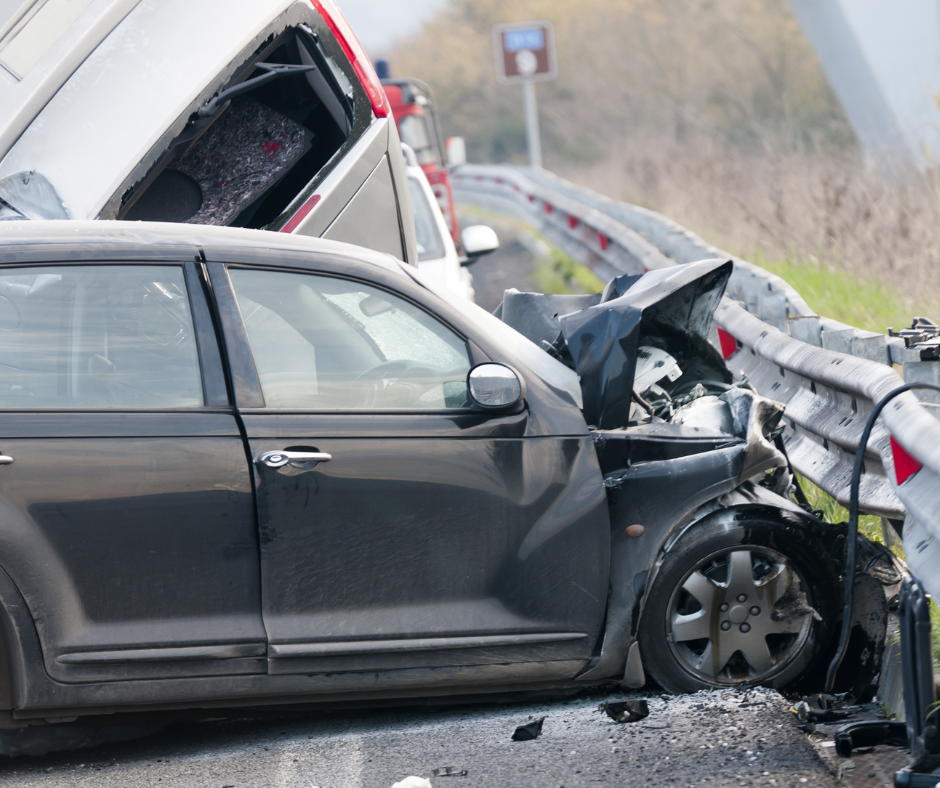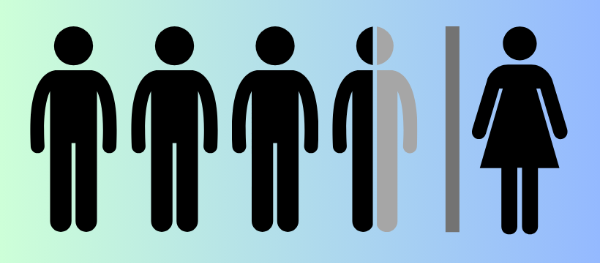Hit By A Drunk Driver?

Two out of three people will be impacted by drunk driving in their lifetime. The National Highway Traffic Safety Administration (NHTSA) estimates that 37 people die in drunk driving crashes every day. That’s one person every 39 minutes.
Forbes Advisor reports that Montana, South Dakota, and Texas are the highest-rated states for drunk drinking in 2024. These findings are based on studies of the highest rates of fatal crashes caused by drunk driving, amount of traffic deaths, amount of underage drunk drivers, and number of DUI arrests in each state. Mississippi, Louisiana, and Alabama ranked 17, 18, and 19 respectively.

Experts say that many of the thousands of drunk driving-related deaths a year could be prevented by lowering the legal blood alcohol limit from 0.08 to 0.05. The NHTSA found that about 32 percent of all traffic crash fatalities in the US involve drunk drivers with blood alcohol concentrations of 0.08 or higher. Lowering the legal limit is one of the top priorities of the National Transportation Safety Board (NTSB).
Each state decides their own legal blood alcohol limit. In the 1990s, drunk driving deaths were even more frequent than they are today, with some states having their blood alcohol limits as high as 0.10. In 2000, Congress voted to set a national standard of 0.08 and ruled that any state that let their citizens drive above that limit wouldn’t receive federal highway funding. In response, every state set their limits to 0.08.
Many experts believe 0.08 is still too high and a 2017 analysis estimated that lowering the nation’s legal limit to 0.05 would cut drunk driving-related deaths by 11 percent or more, saving thousands of lives each year. In 2018, Utah lowered its legal limit to 0.05 and in the year after the law took effect, fatal car crashes in the state dropped by nearly 20 percent.
Other states are now considering similar steps to lowering their legal blood alcohol limits. Meanwhile, those in the hospitality industry are worried that new rules will hamper alcohol sales and hurt restaurants and bars. However, the Utah law did not affect the state’s alcohol, restaurant, or tourism revenue. Instead of drinking less in response to the law, patrons used designated drivers or ride-share services to get home.
What do you think? Should every state lower their legal blood alcohol limit?
If you, or a loved one, have been injured in a car, truck, or motorcycle accident, contact us today. We are here to help.

What to do if you’ve been hit by a drunk driver:
Call 911 as soon as possible.
Exchange insurance and contact information.
Document the scene.
Report the crash to your insurance company.
Obtain a copy of the crash report.
Call our office so we can help you navigate through your case.
GET YOUR FREE CASE EVALUATION
